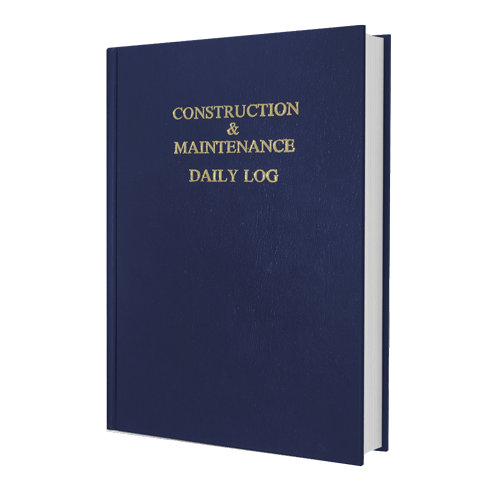
The Egyptian government and the Suez Canal Authority (SCA) on August 6 inaugurated the newly expanded Suez Canal, part of an overall $8 billion investment designed to increase ship traffic through the international waterway and also encourage new investment in Egypt. The government is hoping to attract new industries and infrastructure to the canal area to a degree that it would create a new international trade entrepot.
Egyptian President Abdel Fattah al-Sisi called for the canal to be expanded last August and ordered that the project be completed within one year, and with uncustomary speed, the task was accomplished.
Enough of the project was completed to allow ships to use the waterway in early August.
Working on the project was the ‘Challenge Consortium’ comprised of National Marine Dredging Company from Abu Dhai, Jan De Nul from Belgium, and Van Ord and Boskalis from the Netherlands.
“The project was originally scheduled to take three years to complete, but the president stipulated that it must be complete in exactly one year. This made the project extremely challenging,” Arno Schikker, spokesman for Boskalis told ENR.
The dredging fleet was the largest ever mobilized and included 21 cutter suction dredgers and five trailing suction hopper dredgers.
“While coordinating the dredging fleet was a gigantic operation, an even greater challenge lay in mobilizing all the auxillary equipment and organizing the logistics and installation of everything needed to allow the dredging vessels to work,” Schikker said.
“The planning of the ships was a complex puzzle,” he said, adding that using the right equipment in the right place was the trick, taking the various types of soil into account as well as the maximum dredging depth of the small dredgers.
“This meant that work was underway in 10 areas at the same time,” he said. “Also, housing 2,000 people at work on the project was quite a challenge.”
The project involved digging and dredging a new channel running 72 kilometers in parallel with the existing 161 kilometer canal that opened in 1869. The new canal will allow 97 vessels to transit the waterway daily, compared to the previous 49 vessels per day capacity. Transit time for southbound traffic will be shortened to 11 hours from 18 and waiting time to enter the canal will be reduced to three hours.
Some critics commented that expanding the work was unnecessary given the status of international trade within the current global economic climate, but proponents of the canal argue that the expanded canal and new infrastructure will ultimately improve global trade and benefit the Egyptian economy. Transit revenues from increased traffic is estimated to earn Egypt around $13.5 billion annually by 2023 compared with $5 billion per year now.
A total of 45 dredgers, working in 20 sedimentary basins, were involved in the project
According to data released by the SCA, some dredging work is ongoing but already involved some 258.8 million cubic meters of subsoil from the Great Bitter Lake and Ballah Lake bypasses have been moved. Dredging began with the Al-Marifaa on November 5 last year and the highest volume of dredged subsoil was recorded on April 6, 2015, by the Ibn Batouta when it moved 230,000 cubic meters in one day.
The largest volume of dredged subsoil in one day took place on May 31, 2015, with 1.73 million cubic meters being displaced. The canal can accommodate ships with a draught of 20 meters, or 66 feet.
The total volume of dry soil excavated for the new channel amounted to 258 million cubic meters, according to SCA data.




